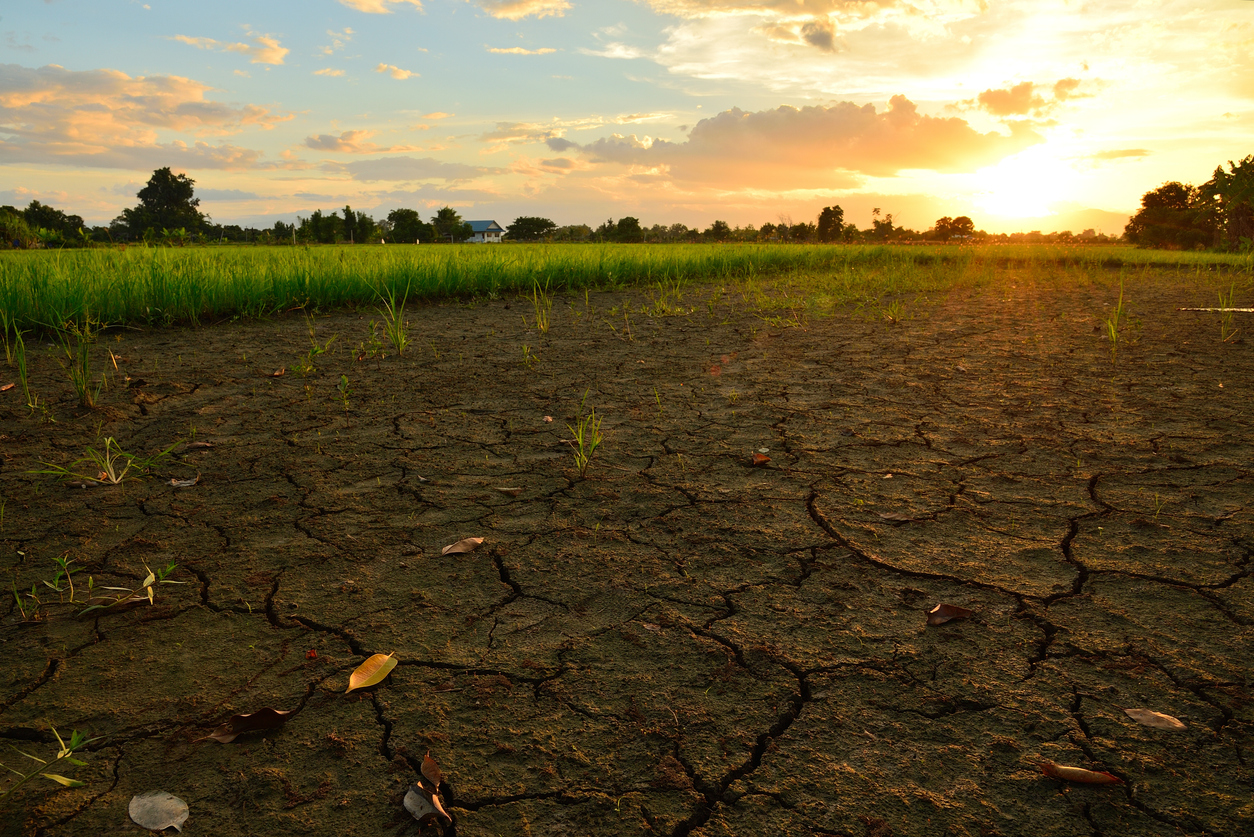IN FOCUS
02 March 2020
EIC evaluates that the 2020 drought could extend to June with severe impacts on sugarcane, off-season rice, and cassava.
In 2020, the dry season started early and harsh with a tendency to last longer than in the previous year.

- In 2020, the dry season started early and harsh with a tendency to last longer than in the previous year. The Thailand Meteorological Department estimated that the 2020 drought could persist until June 2020.
- EIC evaluates that the drought will notably hurt the output of sugarcane and off-season rice. In the worst-case scenario, sugarcane and off-season rice production may tumble by as high as 27% and 21%, respectively. Meanwhile, cassava output could drop by 7%. Although the price of sugarcane, rice, and cassava should increase from the drought, the potentially higher magnitude of output decline will cause the farmer’s overall income to drop.
- The government could encourage farmers to modify agricultural practices according to the changing water situation as short-term mitigation as well as implement other relief measures. However, long term water management, a lingering structural problem, needs to be addressed in parallel. Other longer-term solutions include developing water resources, increasing irrigation areas, allocating water resources, and promoting more efficient water usage. Furthermore, the government could also urge farmers to thoroughly plan cultivation, for example, grow crops that require less water in areas that repeatedly suffer from drought, promote crops with high value-add to the economy, and support farmers to switch to cultivate crops as planned. Also, the introduction of Agritech to aid water usage, such as automatic irrigation systems to increase water use efficiency and climate warning systems will be beneficial.